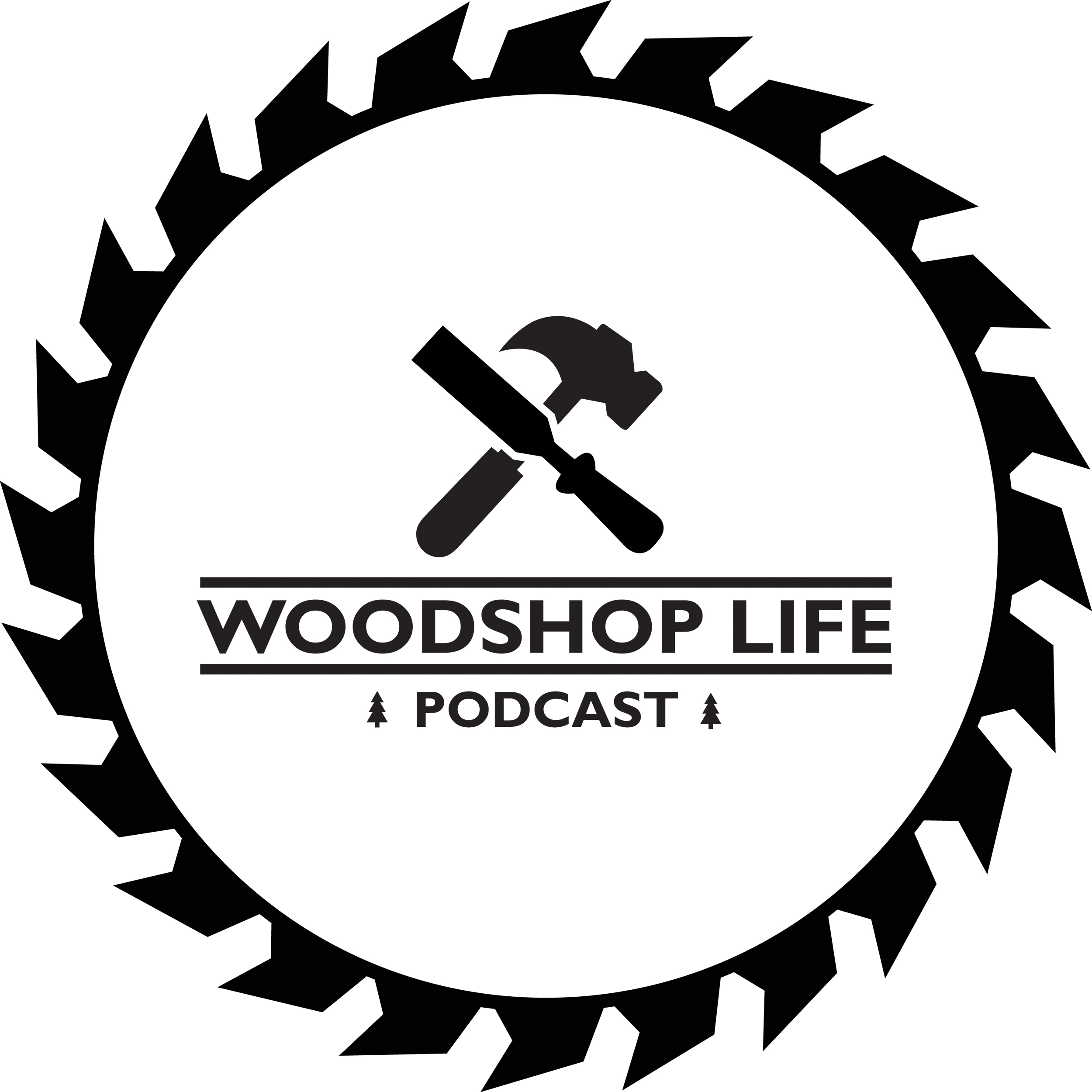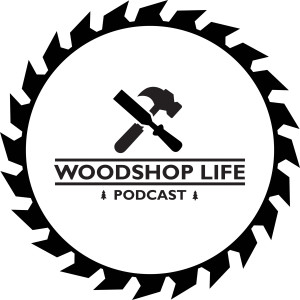Support us on Patreon: https://www.patreon.com/woodshoplife
Huy
1) When using a hold-down clamp to prevent wood movement -for example on the Incra 5000 crosscut sled, I find that often the wood moves veers slightly as I tighten the knob to hold the clamp against the workpiece. Have you experienced the same? If so, how do you deal with it? Would adding some sandpaper to the bed of the jig potentially create other accuracy issues, you think? Great podcast - thanks for all the information! - Tim in North Carolina
2) What tool or machine do you use for something it’s not necessarily intended for? ( I wanna hear more than I use every tool as a hammer haha.) For example: buiscuit joiners are intended to align two boards but people also use them to make slots for Z clips. Or table saws to make cove cuts instead of a shaper. Etc. ) I’m curious to hear if you guys have any neat tricks up your sleeve? As always love the podcast and keep up the great work.
Nick
Sean
1)With increasingly limited space in my workshop, how do you decide what scraps to get rid of, and which to keep? Mark
2) I really hope all has been well with you all. It has been a while since I have wasted your time with a question for the podcast. I mean, come on, we all know how the answers that were getting from this podcast are as spot on as much as the MSRP of a new car. Anywho, I was wondering if any of you use your woodworking tools for other materials other than wood. I have always been weary of using my table saw or bandsaw and such for cutting things like acrylic or even aluminum sheets. Since I have made the router sleds I have found myself more and more using my woodworking equipment to cut those two materials in particular. Now, I do not use my expensive woodworking blades for this purpose but I was just curious if any of you have used your equipment for different materials.
Thanks a bunch for wasting your time to keep my interests peaked just enough to listen to every episode in hopes that one day I’ll learn something.
Brent Jarvis
Clean Cut Woodworking
Guy
1) I have a makita corded track saw that I've had for about 4 years. I don't have a table saw, so the track saw is probably my most used power tool, and I'm really relying on it to give me straight, finished cuts I can reference from.
Recently I was cutting some Baltic birch for a jig where squareness of the panels is critical, so I was checking every cut afterwards. I found that my track saw was not cutting straight. I haven't put A ruler to it, but it might be 1/64 or maybe 1/32 out over 4 feet.
I took everything apart, cleaned sawdust out of every nook, cleaned the grippy strips on the track, cleaned and waxed the top of the track, cleaned the blade, tightened the track snuggers. I checked the back edge of the track against my straight edge, and that appears straight.
Do you guys have any suggestions? The blade I have on it is more than 2 years old, so I ordered a new one. if that doesn't help, I can reach out to makita about how to check and adjust the blade for squareness relative to the track slot on the saw base. If none of that works, I'll probably order a 55 inch festool guide rail (Amazon reviews say they work interchangabley with the Makita saw).
Anyway, I find this very frustrating, but I'm glad to have a reason to write in! I love the show, thank you all! - Jonathan
2) I am going to be making a 72”w x 14”h x 14”d credenza with a mitered waterfall edge out of walnut with a finished thickness of 3/4”. (All four corners mitered) There will be 3-4 drawers in it. My initial thoughts were to do it out of solid wood but I am now wondering if using walnut plywood would be a better choice as it is more stable than solid wood. I plan to use a domino to join my edges but not really sure how to account for wood movement on a large mitered box.
Love the podcast and have learned a lot from you guys, please keep it coming!
Lindsey



